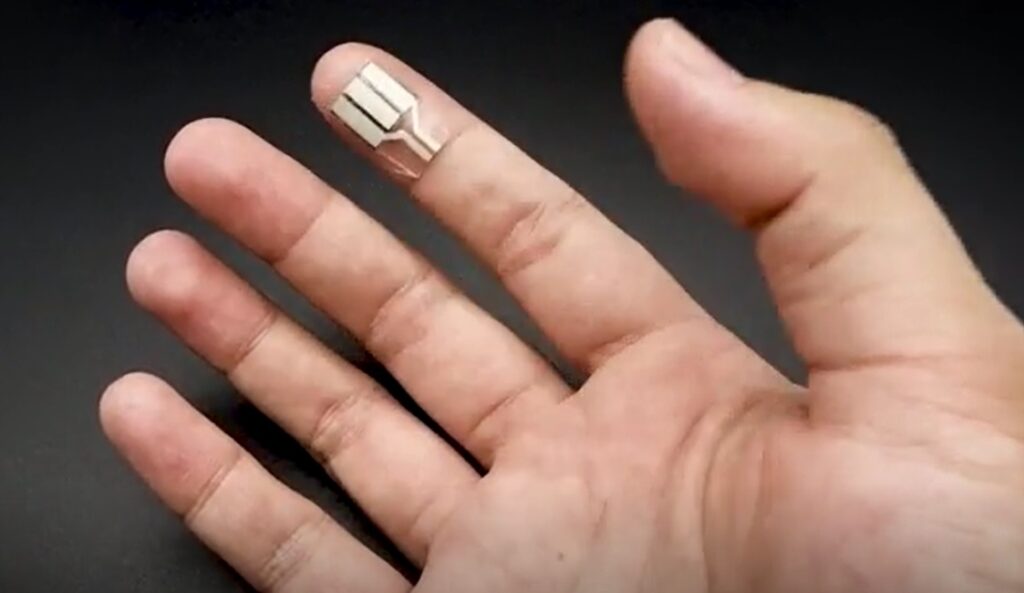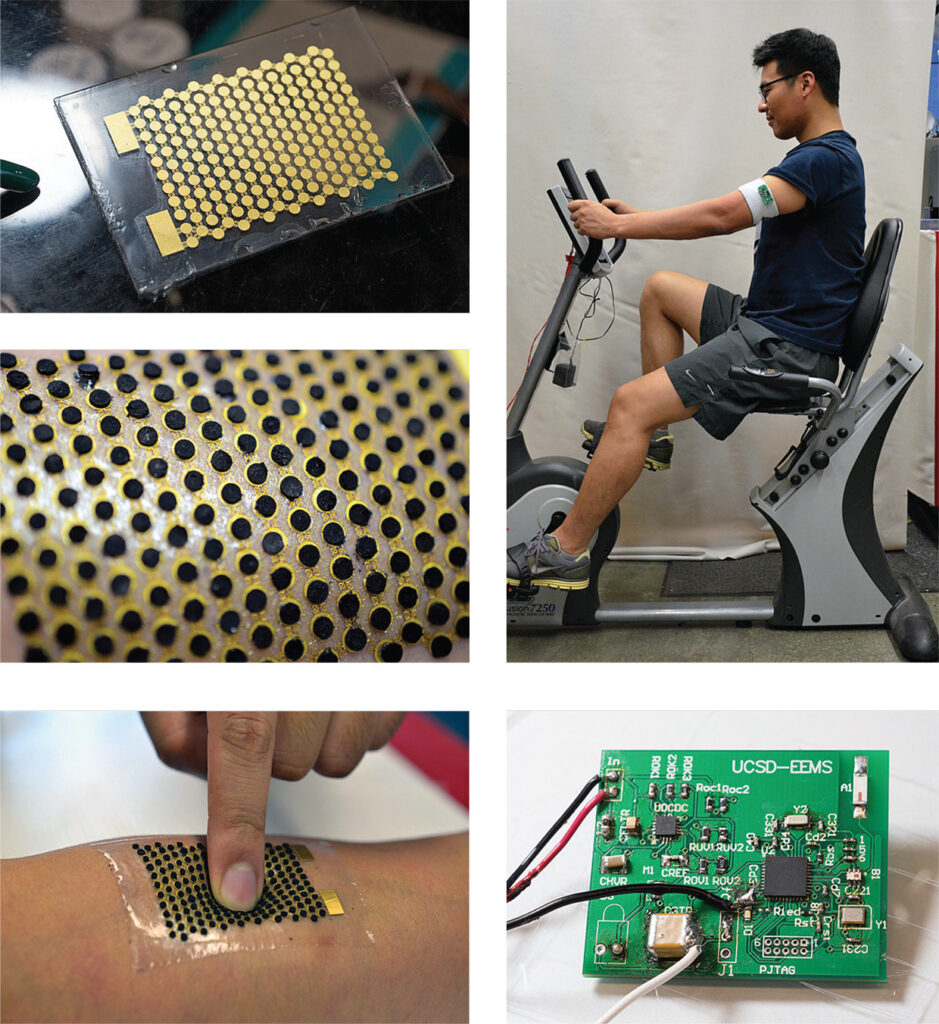Power Electronics with a New Wearable Device on Your Fingertips

Electronic devices need batteries to ensure continuous usage. But most batteries installed on devices can only last for a few hours. While the devices continue to develop, the apps used by most of them consume battery life faster. Up to this day, battery life is the bane of most mobile electronic devices.
Scientists and engineers from various organizations, research institutes, and universities continue to look for methods and materials to create batteries that will last longer than what they are capable of right now.
Another new power source
University of California San Diego engineers developed a tiny fingertip device capable of generating power using human sweat.
The small device, made of a thin, flexible strip, is attached to a person’s fingertip. When the wearer sweats, it generates a small amount of electricity. The person can also activate it by pressing on the device. In the field of wearable technology, this is another breakthrough. It is almost unnoticeable because it looks like a finger bandage.
Different from other sweat-powered wearables
Most sweat-powered-wearables require the user to have physical input, such as exercising to generate power and make the wearable device useful. With the new device, the wearable becomes more accessible, convenient, and practical for regular users. According to the research paper’s co-author, Lu Yin, a nanoengineering Ph.D. student at the UC San Diego Jacobs School of Engineering, using the fingertips is a good choice. While most people do not notice it, the fingertips are particularly sweaty.
She further explained that many body parts appear sweatier because these areas do not have good ventilation. But, on the other hand, the fingertips are regularly exposed to air, so the evaporation of sweat is faster. With the device, they can collect the sweat from the fingertips before it evaporates. In turn, the device will convert sweat into helpful energy.

Sweat collection is not straightforward
While the concept looks advantageous, the researchers find that they need unique materials for the fingertips to make their device work properly. They needed parts that are very absorbent to ensure the efficient collection and conversion into electricity of the chemicals human sweat contains.
The material they found most applicable is padding composed of carbon foam electrodes. They added enzymes that will trigger chemical reactions between oxygen molecules and lactate in the sweat for electricity generation.
Underneath the electrodes, the researchers added a chip made from piezoelectric material. When pressed, this material generates electrical energy.
What is surprising is that even when the person is resting or sleeping, the device continues to harvest energy. During their test, they asked an individual to wear the device. The participant, who slept for ten hours, generated enough energy for an electronic wristwatch to run for 24 hours. The data was only from one fingertip. Therefore, you can imagine how much potential energy they can harvest when using the device on ten fingers.
The researchers tried different methods to collect sweat during their various experiments. In one experiment, they had the participant wear the device for two minutes or press it every second for two minutes. They were able to generate enough power to run the display and sensor of the device. They also had a participant take vitamin C and use the device to provide power to a sensor that measures vitamin C levels.
Practical device
The researchers want to create something practical that people can use every day while at home or work. The senior author of the study, Joseph Wang, said they want to develop a wearable the will work with the user unobtrusively. Mr. Wang is a UC San Diego Jacobs School of Engineering professor of nanoengineering.
The research is far from over, according to the engineers. They will continue to refine the device and make it more efficient and durable. In addition, they plan to combine the device with other technologies that collect energy to make various self-powered wearables.